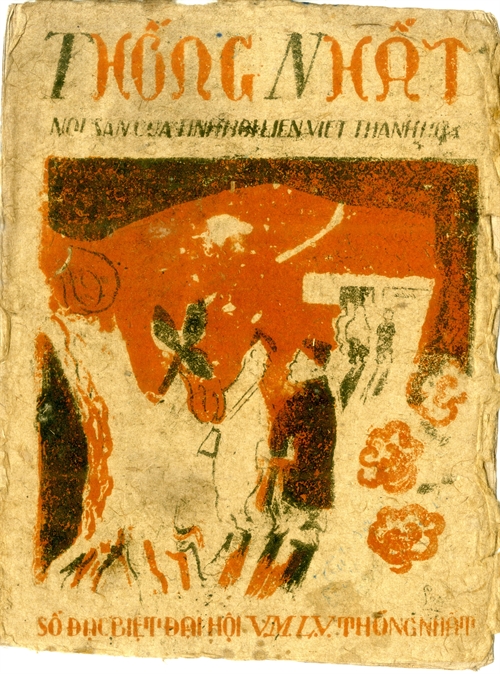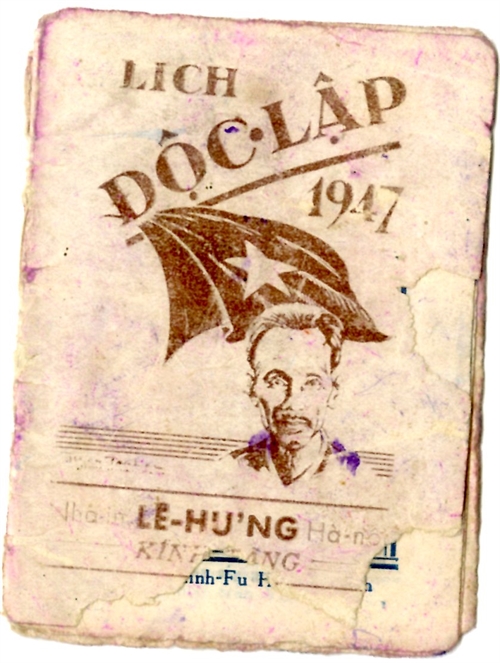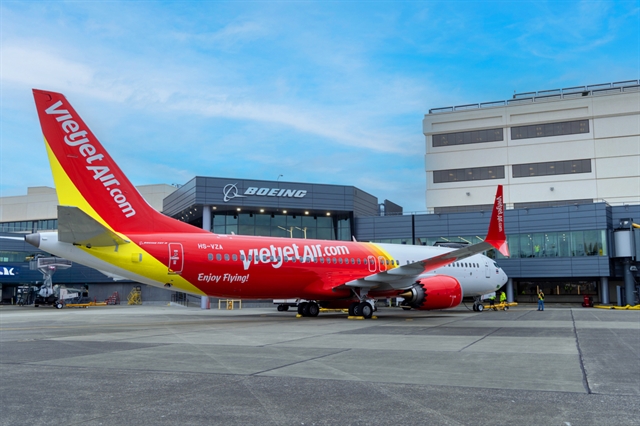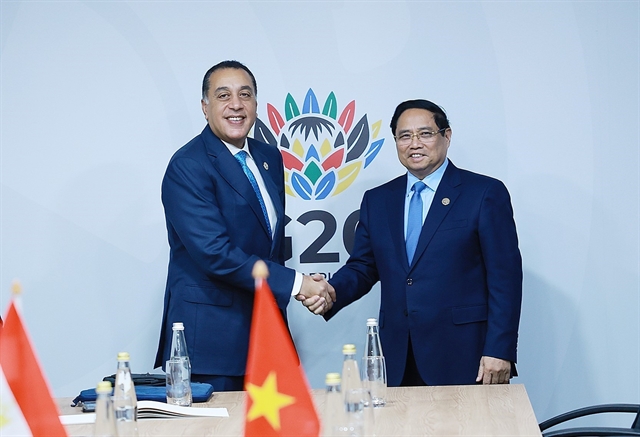 Life & Style
Life & Style

" />After 30 years of working abroad, Nguyễn Ái Quốc (the pseudonym of President Hồ Chí Minh) returned to Việt Nam in January 1941. He led the revolutionary movement from the front and gained independence for the Vietnamese people.
 |
HÀ NỘI – After 30 years of working abroad, Nguyễn Ái Quốc (the pseudonym of President Hồ Chí Minh) returned to Việt Nam in January 1941. He led the revolutionary movement from the front and gained independence for the Vietnamese people.
Upon returning to the Việt Nam-China border, he knelt down to kiss the beloved land of his country.
Every Vietnamese knows this story. The president’s rattan suitcase that he carried on the trip and a painting by Trịnh Phòng portraying the leader kissing the land still moves visitors to this day.
“We can feel Uncle Hồ’s patriotism and his great personality,” Vũ Mạnh Hà, director of the National Museum of History, said.
Many items relating to Hồ Chí Minh are on display at an exhibition titled, Việt Minh Front – National Solidarity, which opened yesterday at the museum.
The exhibition follows two themes: Nguyễn Ái Quốc and the establishment of the Việt Nam League for Independence or the Việt Minh Front, a movement for national liberation.
The exhibition showcases nearly 200 objects, photos and documents that have been selected from the permanent collection of the National Museum of History and the Military History Museum.
The documents on display are precious, original versions, including regulations of the Việt Nam National Salvation Association of Women, Workers and Youth, the Việt Nam’s Independence Newspaper founded by Nguyễn Ái Quốc in 1941, and reports of the Việt Minh Front. In particular, there are handwritten documents by Nguyễn Ái Quốc, such as the Lịch Sử Việt Nam (History of Việt Nam) pocketbook used for training classes in Cao Bằng Province.
“Written in the popular six-eight-word metre, he summarised the 4,000-year long history of Việt Nam, making it easy to understand and remember,” Hà said.
“In the future, we will give copies of the book to students who visit the museum. They can then understand the national history in a simple way.”
Weapons and flags used by Việt Minh soldiers and photos depicting how the Việt Minh Front united people along the country are also on display.
“We expect the exhibition will provide domestic and foreign visitors a better understanding of the mission and the contribution of the Việt Minh Front to national solidarity during wartime, as well as the value of national solidarity in the construction, development and sovereign protection of the country, relevant even today,” Hà said.
The Việt Minh Front was formed at the eighth conference of the Central Committee of the Communist Party of Indochina, which was held in 1941 at the Pắc Bó base in the northern province of Cao Bằng.
For 10 years, from 1941 to 1951, the Việt Minh Front united people from all walks of life in the fight against the French colonists and Japanese fascists.
This culminated in the success of the August Revolution in 1945, the establishment of the Democratic Republic of Việt Nam and the start of the resistance war against the French colonists to gain national independence.
The exhibition of the Việt Minh Front – Movement for National Liberation (1941-51) coincides with the 75th anniversary of the Việt Minh Front’s establishment.
It will continue until August at the National Museum of History on 25 Tông Đản Street in Hà Nội. - VNS
Captions:
To fight: A sword used by a soldier in the northern province of Ninh Bình during a battle against Japanese fascists in 1945.
To plan: A calendar containing images of the Việt Minh Front’s revolutionary activities in 1947.
To share: A newspaper entitled Thống Nhất (Unification) from the northern province of Thanh Hóa printed in 1950.
 |
 |




